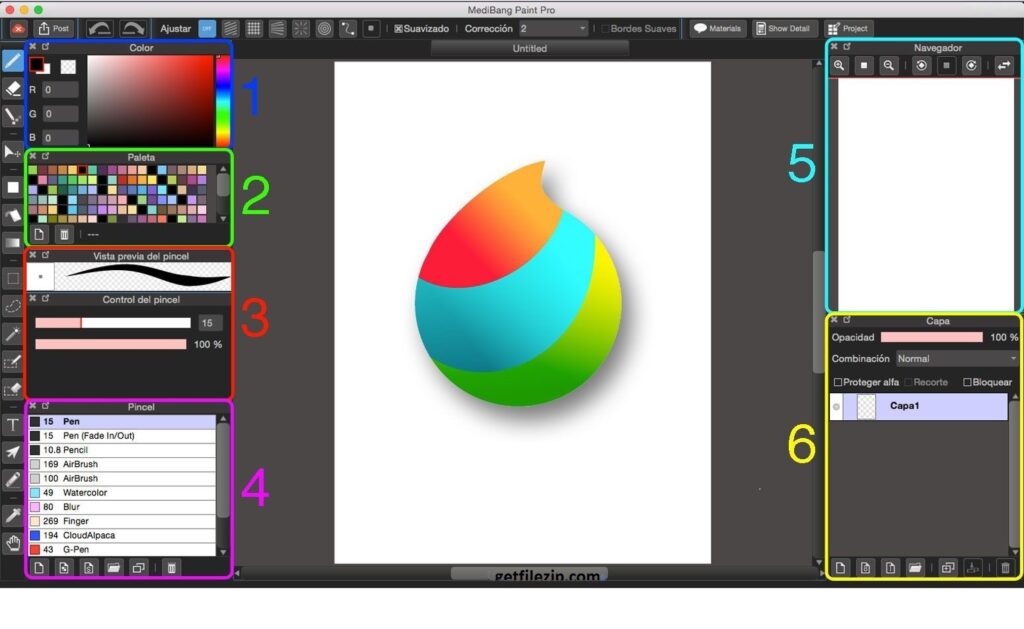

In October 2006, Daz 3D released Bryce 6.0 and has released an update (6.1), this includes a Mac Intel compatible update. This integration between DAZ's application for the manipulation of 3D models, Daz Studio, and Bryce allowed users to import content from Daz Studio and Poser, complete with all materials including transparencies, directly into Bryce, thus making it easier to have human figures in Bryce scenes. In 2005, Daz 3D released Bryce 5.5 which included the Daz Studio Character plugin. In 2004, the software was sold again, to Daz 3D. Soon followed a patch to version 5.01, which fixed some bugs and added a few undocumented features. Unfortunately, rendering on version 5 was much slower than version 4, and the price tag set by Corel higher. Corel released version 5 of Bryce in 2001, which included several new features, like Tree Lab and metaballs. In 2000 Bryce was purchased by Corel Corporation. In 1999 Bryce 4.0 was released with major improvements in the handling of atmospheres and skies, textures and also in the import/export of objects. The collection of images created along the camera's trajectory are combined to create a realistic animation simulating a journey through a dynamic world. The camera can be held in one place for a single image, or sent on a trajectory with images being rendered at many locations.

A "camera object" unseen in the final image acted as the observer. The ability to animate a scene was added (in a stable form) with the cross-platform Bryce 3D (version 3.1) in 1997 by the newly formed MetaCreations Corporation.

Bryce 2.0 was also ported to the Windows platform, although the first stable version, 2.1, was not released until 1997. These included independent light sources, complex atmospheric effects, the addition of primitive forms with Boolean methods to combine them, a revamped Texture Editor and the ability to export models to DXF. The first commercial version, Bryce 1.0, appeared in 1994 for the Macintosh.īryce 2.0, shipped in 1996, included much beyond the original notion of creating a realistic mountain range. Wenger later met and worked with software artist Kai Krause to design a basic user interface. An initial set of fractal based programs were developed by Ken Musgrave (who later created MojoWorld) a student of Benoît Mandelbrot, and extended by Eric Wenger. The original Bryce software arose from work with fractal geometry to create realistic computer images of mountain ranges and coastlines. The name is taken from Bryce Canyon-a rugged region with many of the same landscapes that were first simulated with the software. Personal Learning Edition: Freeware īryce, also often referred to colloquially as Bryce3D, is a 3D modeling, rendering and animation program specializing in fractal landscapes.


 0 kommentar(er)
0 kommentar(er)
